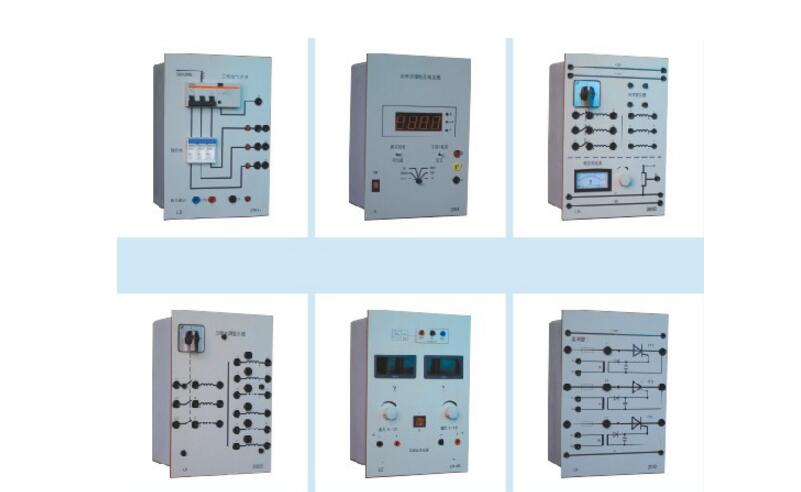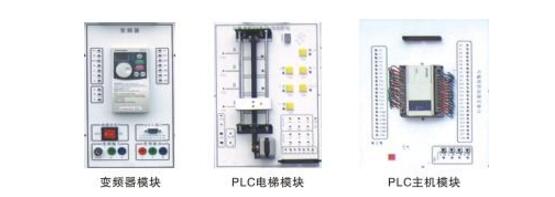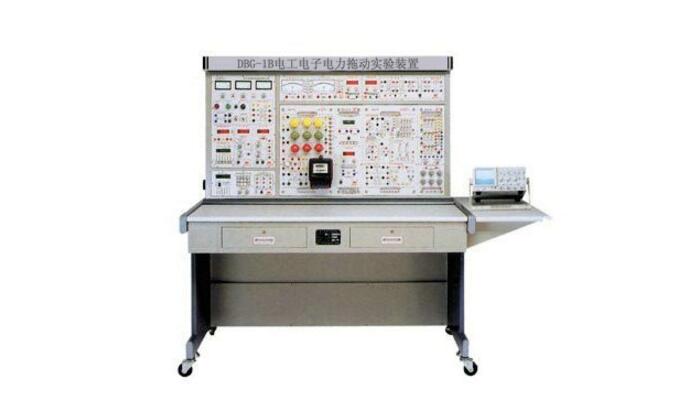A text to understand power electronic devices and their characteristics
**Power Electronics Concept**
Power electronics involves a wide range of circuits designed to control and convert high-power energy. These systems are commonly referred to as converter devices and include rectifiers, inverters, DC-DC converters, AC-AC converters, power supplies, switches, motor drives, DC transmission systems, induction heating units, reactive power compensators, electroplating equipment, and household appliances.
Among these, DC power supplies can be constructed using rectifiers or DC-DC converters, and they are used in applications such as DC motor speed control, battery charging, electroplating, and scientific instrumentation. AC power supplies, on the other hand, often rely on frequency converters, which can be categorized into variable frequency and voltage (for controlling AC induction motors), constant frequency and voltage (used in uninterruptible power supplies), regulated AC power supplies, medium-frequency induction heating systems (up to 8 kHz), and high-frequency power supplies (above 8 kHz) for quenching and welding. Thanks to the fast switching capabilities of power electronic components, static, contactless high-power switches can be built, replacing traditional electromagnetic switches.

**Device Protection in Power Electronics**
Power electronic devices are sensitive to overvoltage and overcurrent due to their limited ability to withstand such stresses. For example, while motors and transformers can handle several times their rated current for seconds or minutes, power electronic components may fail within less than 0.1 seconds under similar conditions. Therefore, during the design phase, it is essential not only to choose appropriate voltage and current ratings but also to implement specific protection measures. Additionally, some devices have strict environmental requirements, such as temperature, cooling water pressure, and air flow, which must be monitored to ensure stable and safe operation.
**Overvoltage Protection for Power Electronic Devices**
Overvoltage can damage the insulation of components and lead to system failure. Common protection methods include:
1. Using an RC snubber circuit, where a capacitor absorbs voltage spikes and a resistor dissipates the excess energy, reducing oscillations.
2. Employing nonlinear resistive devices like varistors or selenium stacks, which act similarly to Zener diodes and automatically reset after breakdown.
3. Implementing electronic circuits for real-time voltage detection and protection.

**Anti-Interference Technology for Power Electronic Devices**
Power electronics systems generate significant electromagnetic interference (EMI) during operation, which can disrupt both the device itself and its control circuits. To minimize this, several techniques are employed:
1. Reducing the intensity of interference by adding shunt capacitors to relays or contactors to suppress arcing.
2. Proper wiring to minimize distributed capacitance, inductance, and mutual inductance between cables.
3. Applying electromagnetic shielding to protect sensitive components.
4. Ensuring proper grounding and selecting optimal grounding points.
5. Designing circuits with high immunity to interference by choosing robust components.
6. Isolating different parts of the control circuit when sharing a DC power supply.
7. Minimizing input and output impedance to improve signal integrity.
8. Using isolation techniques like transformer coupling to separate the control circuit from the main power circuit.

Ultra Thin Switch Power Supply
Switch Power Supply,Switch Mode Power Supply,Switch SMPS LED Power Supply,Ultra Thin Switching Power Supply
FOSHAN SHUNDE KELICHENG POWER SUPPLY TECHNOLOGY CO., LTD , https://www.kelicpower.com